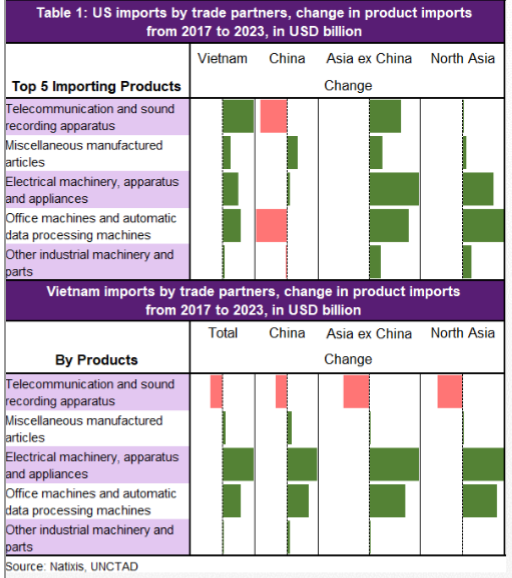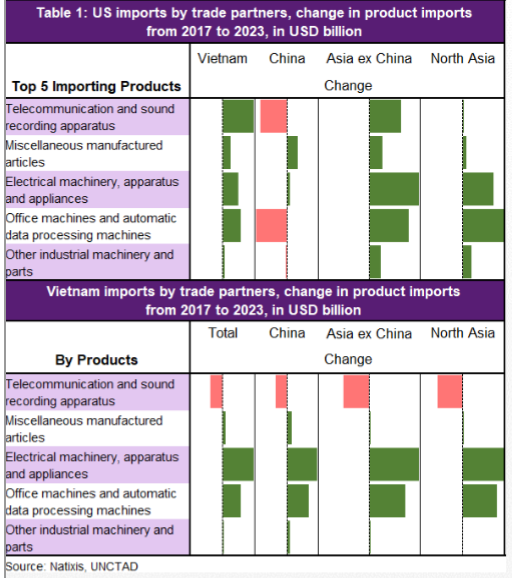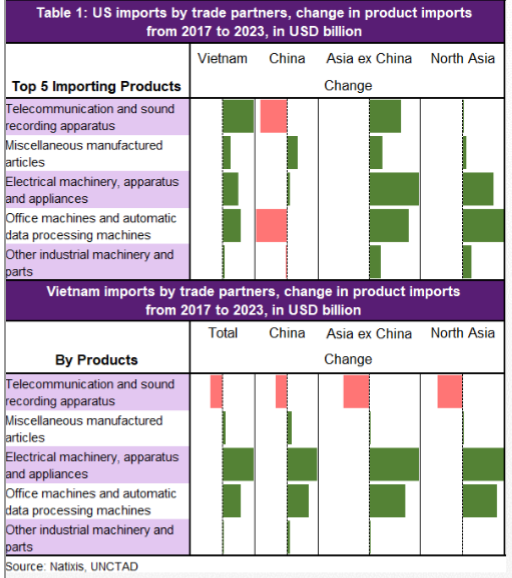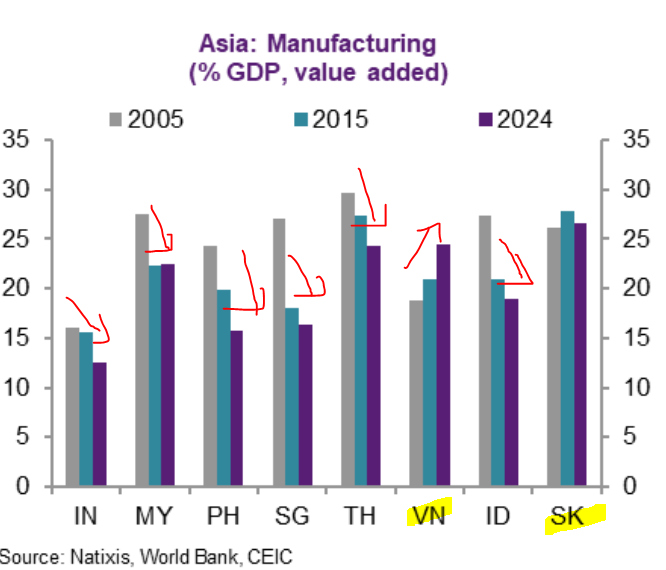Good morning! Very very busy macroeconomics day! And u know I love it! Okay, let's start with the US as we all care about the Fed meeting at 3am HKT.
PPI was off the chart high at 9.6%YoY and we know that the Fed is now in inflation fire fighting mode 🔥🧑🚒🧯 & pushed USD higher
PPI was off the chart high at 9.6%YoY and we know that the Fed is now in inflation fire fighting mode 🔥🧑🚒🧯 & pushed USD higher

In Asia, before the Fed, we got China data coming out & in November things will feel a bit saggy, which we know that the government is worried about because they already cut the RRR by 50bps to shore up demand.
More to come easing wise, both monetary and fiscal to help the eco!
More to come easing wise, both monetary and fiscal to help the eco!

And tonight, on the back of that gangbuster PPI, we got retail sales, which were pretty strong in October & again good in November.
The Fed meeting is in focus as markets will see how INTENSELY focused it will be on fighting inflation. Tapering to double the pace to USD30bn &
The Fed meeting is in focus as markets will see how INTENSELY focused it will be on fighting inflation. Tapering to double the pace to USD30bn &

Eyes on the dot plot + CPI projections are key. Markets already priced in 2 hikes for 2022 (one in June & another end of September) & so will watch for JPO's tone. How serious is he gonna be?
The Fed is gonna be more hawkish than the ECB & that's the theme - monopol divergence!
The Fed is gonna be more hawkish than the ECB & that's the theme - monopol divergence!

The ECB will end PEPP by March 2022 but then will be flexible with asset purchase program (APP). Now, u know that Eurozone CPI is off the chart high too at 4.9% but the lady won't budge so we got this:
MONOPOL DIVERGENCE leading to weaker EUR & stronger USD.
Okay, Asian CBs.
MONOPOL DIVERGENCE leading to weaker EUR & stronger USD.
Okay, Asian CBs.

We got the Bank of Japan (BOJ) expected to stay on HOLD (also monetary policy divergence w/ the USD).
*Taiwan CBC also to hold.
*The Philippines (BSP) and Indonesia (BI), both expected to hold rates.
*But unlike the BOJ & CBC, we think BSP & BI will hike in 2022.
Exciting week!
*Taiwan CBC also to hold.
*The Philippines (BSP) and Indonesia (BI), both expected to hold rates.
*But unlike the BOJ & CBC, we think BSP & BI will hike in 2022.
Exciting week!
Forgot about the Bank of England (I really like their research department quarterly bulletins - very easy to read & highly recommended), which is expected to hold thanks to Omicron raging there. 

• • •
Missing some Tweet in this thread? You can try to
force a refresh









